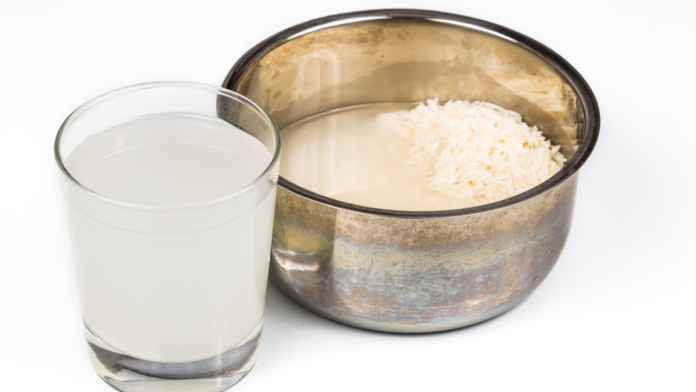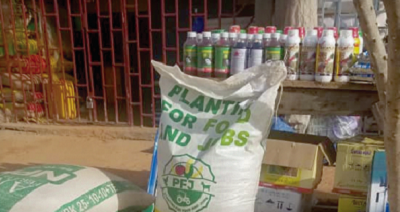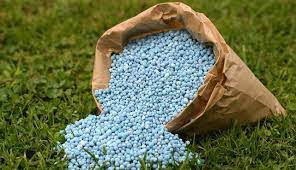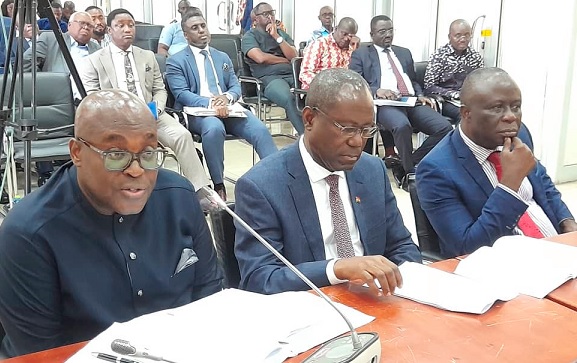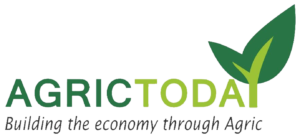The Fair Trade Ghana Network (FTGN) in collaboration with Small Producer Symbols (SPPs), a Fair-Trade Label with its headquarters in Mexico and operating globally in over twenty-five (25) producing countries organised a day’s event in Ghana to build local and global markets that value the identity, economic, social, cultural and ecological contributions of products from Small Producers’ Organizations.
The Small Producers Symbol (SPP), is a label that represents an alliance among organized small producers to build a local and global market that values the identity and the economic, social, cultural and ecological contributions of p
The Fair Trade Ghana Network (FTGN) in collaboration with Small Producer Symbols (SPPs), a Fair-Trade Label with its headquarters in Mexico and operating globally in over twenty-five (25) producing countries organised a day’s event in Ghana to build local and global markets that value the identity, economic, social, cultural and ecological contributions of products from Small Producers’ Organizations.
Target
This alliance is based on a relationship of collaboration, trust and co-responsibility among women and men who are small producers, with buyers and consumers.
The SPP represents the identity of organized small fair trade producers, to distinguish them in local and global markets with their products and values.
The event which took place in Kumasi in the Ashanti Region is the first of its kind in Ghana and was aimed at introducing, sensitizing, and discussing with selected cooperatives about the Label and its benefits to those in the Agriculture Value Chain.
The event brought together a total of thirty-five (35) participants from the cocoa, rice, shea, fruits and food crops value chain including representatives from two key stakeholders namely Department of Cooperatives, Ghana, and the Agronomists and Veterinarians without borders (AVSF) grace the occasion.
Presentations
Coordinator of Fair Trade Ghana Network (FTGN), Felix Ayambire, in his address, mentioned that FTGN has a membership-based platform of certified Fair Trade organisations from the Flocert-Fairtrade, Ecocert-Fair for life, and World Fair Trade Organisations.
He explained that members of the Network operate in various sectors including the Art & Crafts, Cocoa, Fruits and Nuts (Mango, Pineapple, Cocoa, Oranges, Banana, Citrus) value chain.
“The Network harmonises and brings together member cooperatives under one umbrella for the purposes of markets, trainings on sustainable production practices, advocacy, gender, leadership management, entrepreneurship development” he mentioned.
The West African Coordinator of Small Producer Symbols (SPP’s), Koffi Djade who was the lead facilitator explained the benefits and importance of building a local and global market that values the identity and the contributions of products from Small Producers’ Organizations.
He stated that the SPP is an intercontinental network of ecological small-producer organizations that was created to give small producers across the globe a level of value and proper identity in the Fair trade system.
“The Small Producer Symbols (SPPs) Global was born in 2006 as a result of a historical process of capacity building and self-empowerment of small Producer organizations.
“In partnership with committed companies, consumers and legitimized by independent certification, SPP fight for the recognition of producers work and high-quality products, a dignified life, and a healthy planet for all.
“SPP has its own, widely recognized system of standards and sustainable prices, reflecting the reality of small producers. The SPP Standards are backed up by an independent certification system which grants security to producers, consumers and traders across the globe.
“Presently, the label has 125 small producer organisations across twenty-five (25) countries with sixty different products” he mentioned.
About SPPs
SPP is an intercontinental network of ecological small-producer organizations. In partnership with committed companies and consumers and legitimized by independent certification, we fight for the recognition of our work and high-quality products, a dignified life, and a healthy planet for all.



